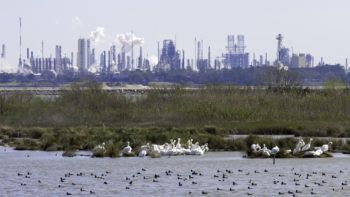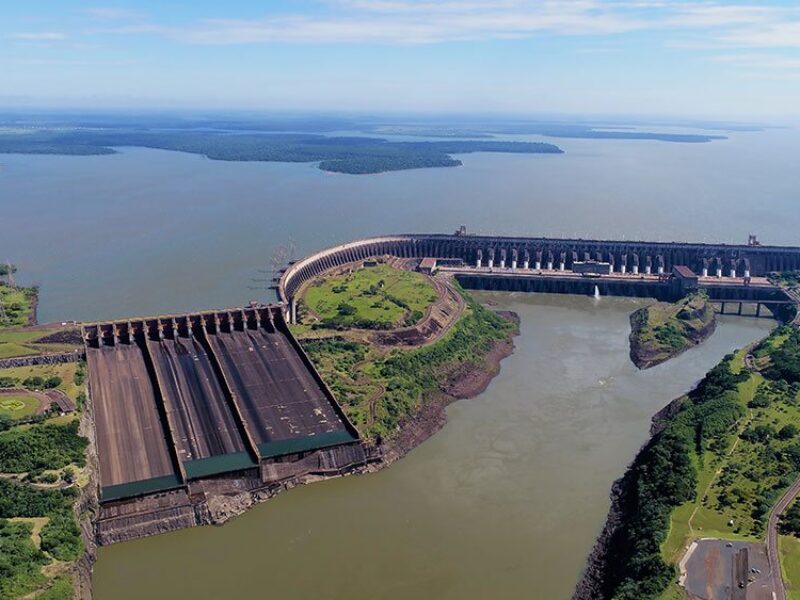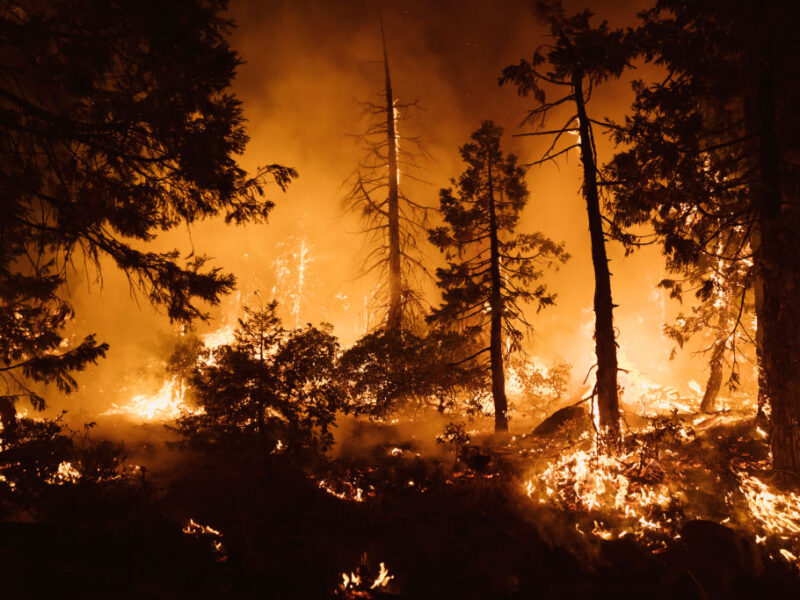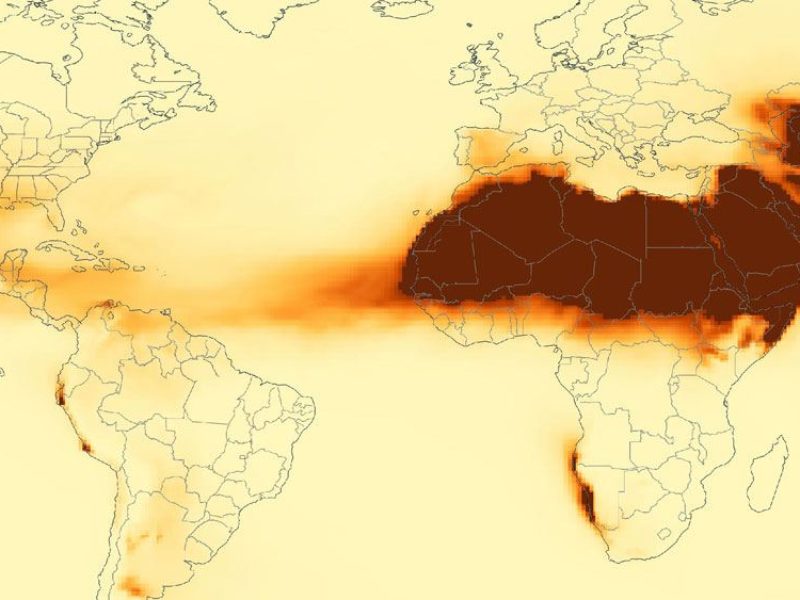Researchers To Examine Risk Of Flood-Induced Chemical Spills At Coastal Facilities

The 2020 Atlantic Hurricane season was one for the record books. There were 30 named storms, and 12 hit the United States coastline.
James Kaihatu, professor and associate department head of research in the Zachry Department of Civil and Environmental Engineering at Texas A&M University, joins a team of researchers to examine and address the vulnerability of petrochemical facilities along Galveston Bay to flood-induced chemical spills and releases.
In a robust partnership with the College of Veterinary Medicine and Biomedical Sciences, the College of Engineering, the School of Public Health and the College of Architecture at Texas A&M and the Galveston Bay Foundation, researchers with the Environmental Defense Fund will conduct modeling and analysis to identify which facilities are most at risk and what solutions, such as natural infrastructure, might reduce those risks and lessen impacts to nearby communities and ecosystems.
The unique collaboration leverages expertise across multiple disciplines that will inform strategies for other vulnerable coastal areas with heavy industrial footprints, such as in neighboring Louisiana. The Gulf Research Program of the National Academy of Sciences, Engineering and Medicine awarded the three-year grant.
In his role, Kaihatu will create and run computer models for flooding of petrochemical facilities due to urban runoff and hurricane-induced surges. He’s done related work with the Texas A&M Superfund Center in recent years.
“The model will use information on incoming flood and surges to simulate and analyze flow patterns in the vicinity of these facilities and determine what would happen if chemicals inside these facilities were released in the floodwaters,” he said. “A significant portion of the land use around these facilities are residential in addition to these facilities’ proximity to the bay.”
Chemical spills carried in floodwaters would pose a substantial risk to residents and the ecosystem of the bay. Low-income, underserved communities along the Gulf Coast are at the most significant risk from releases of chemical contaminants. These releases can also result in closure of fishing grounds, with devastating effects to commercial fishing fleets and related jobs.
Part of the work will include identifying how and where natural features can reduce flood risks and environmental impacts.
“Nature-based solutions for flood mitigation will be examined to minimize the effects of these possible contaminant spills,” Kaihatu said.
This article by Alyson Chapman originally appeared on the College of Engineering website.





